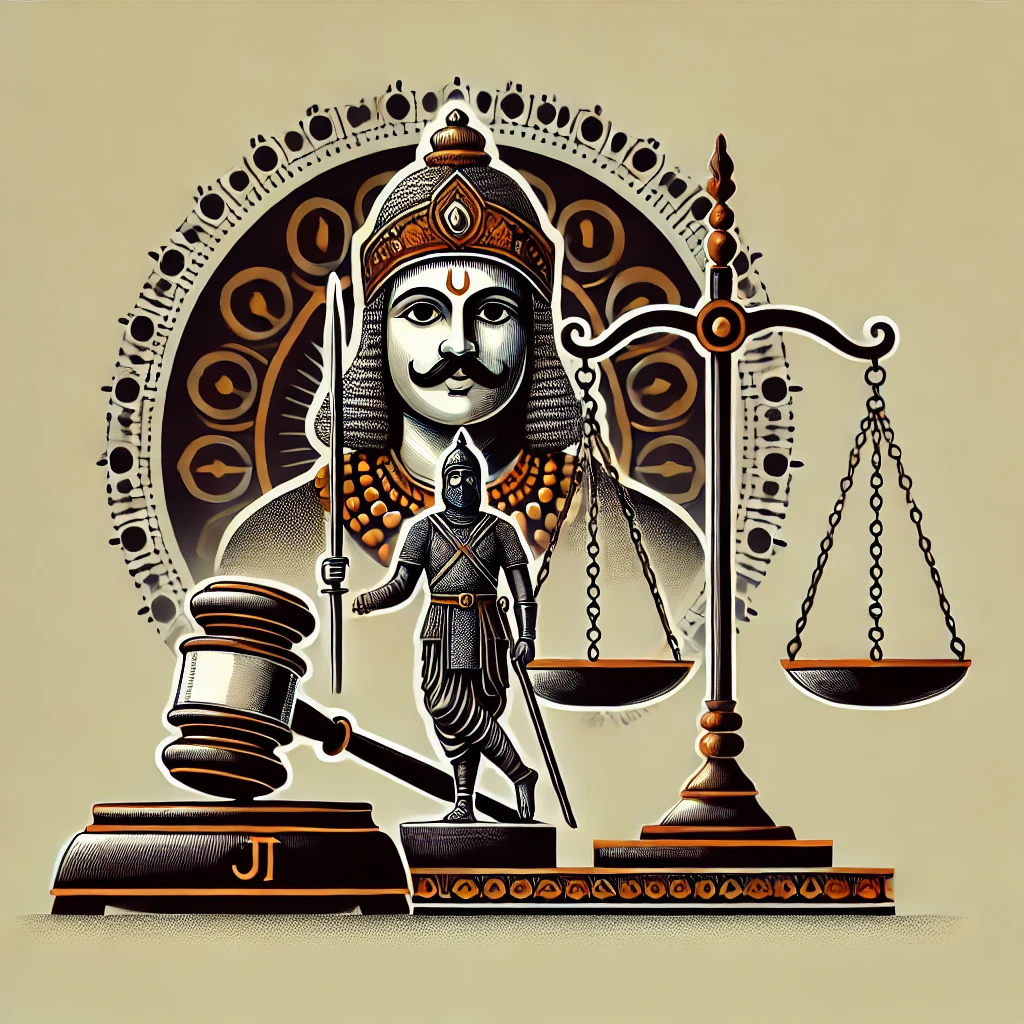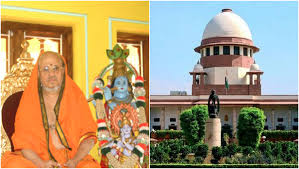Re: Special Reference No. 1 of 2012 [Under Article 143(1) of the Constitution of India]
- ByPravleen Kaur --
- 05 May 2025 --
- 0 Comments
I. Introduction
The judgment deals with various legal issues arising from a Presidential Reference made to the Supreme Court under Article 143(1) of the Constitution of India. The Reference sought the Court's opinion on the permissibility of methods other than auction for the disposal of natural resources, in light of the Court's previous decision in the "2G Case" (Centre for Public Interest Litigation & Ors. v. Union of India & Ors.). [Paragraph 14]
II. Maintainability of the Reference
The Court first addressed the objections raised regarding the maintainability of the Reference. The objections included the lack of genuine doubt, the filing and withdrawal of a review petition, the language exhibiting mala fides, the bar on entertaining a Presidential Reference on a decided matter, and the attempt to overturn the judgment in the 2G Case. [Paragraph 22]
The Court clarified that it has the jurisdiction to clarify its previous judgments and held that the Reference was maintainable. The Court emphasized that the word "doubt" is not necessary for a Reference to be maintainable under Article 143(1), and the President can seek the Court's opinion on any question of law or fact. [Paragraphs 27, 32]
III. Ratio Decidendi and Precedential Value
The Court discussed the principles for determining the ratio decidendi (the rationale or principle upon which a case is decided) and the precedential value of a judgment. It emphasized the importance of analyzing the specific facts and circumstances of a case and extracting the principle behind the decision. [Paragraphs 63-70]
The Court referred to various judgments that highlighted the need to read a judgment as a whole and not treat every observation as a precedent. The Court also clarified that it has the power to overrule or reconsider its previous decisions in exceptional circumstances, such as when a decision is rendered per incuriam (without considering relevant facts or law) or in the absence of relevant or material facts. [Paragraphs 43-55]
IV. Interpretation of the 2G Case Judgment
The Court then analyzed the relevant paragraphs of the 2G Case judgment to determine the ratio decidendi and its applicability to the disposal of natural resources other than spectrum. [Paragraph 72]
The Court observed that the 2G Case judgment focused on the validity of the auction method for the distribution of spectrum from September 2007 to March 2008. While the judgment discussed the principles of equality, public trust doctrine, and non-discriminatory methods for the distribution of natural resources, it did not declare auction as the only permissible method for all natural resources. [Paragraphs 78-80]
V. Permissibility of Methods Other than Auction
The Court addressed the first question of the Reference, which sought the Court's opinion on whether all natural resources must be disposed of through auctions. [Paragraph 81]
The Court examined the constitutional principles enshrined in Articles 14 (equality before law) and 39(b) (distribution of natural resources for the common good) and the applicability of the public trust doctrine. [Paragraphs 84-90]
After analyzing various judgments, the Court concluded that auction cannot be declared a constitutional mandate under Article 14 for the disposal of all natural resources. The Court held that the method of disposal should be determined based on legitimate public purposes, such as maximizing revenue returns and serving the common good. [Paragraphs 95-110]
The Court emphasized that different resources may require different treatment, and non-floating of tenders or deviation from auctions is permissible if it is in line with public interest and not arbitrary or discriminatory. The Court also stated that the potential for abuse cannot be the basis for declaring a method unconstitutional, and the judiciary should not interfere in policy matters unless there is a violation of constitutional or statutory provisions. [Paragraphs 133-143]
VI. Conclusion
In conclusion, the Court held that auction is not the only permissible method for the disposal of all natural resources. The decision to use auctions should be based on legitimate public purposes, and deviation from auctions is permissible if it is in line with public interest, fairness, and transparency. The Court declined to answer further questions related to the mode of alienation of spectrum. [Paragraph 69]
The Court emphasized that the legality and constitutionality of policy and its implementation should be based on reason, fairness, and transparency to ensure the best interest of the citizens of the country. The disposal of natural resources for private exploitation at a cost lower than their actual worth should be considered unconstitutional. [Paragraph 110]
In-text citations: [Paragraph 14], [Paragraph 22], [Paragraphs 27, 32], [Paragraphs 63-70], [Paragraphs 43-55], [Paragraph 72], [Paragraphs 78-80], [Paragraph 81], [Paragraphs 84-90], [Paragraphs 95-110], [Paragraphs 133-143], [Paragraph 69], [Paragraph 110]






























0 comments